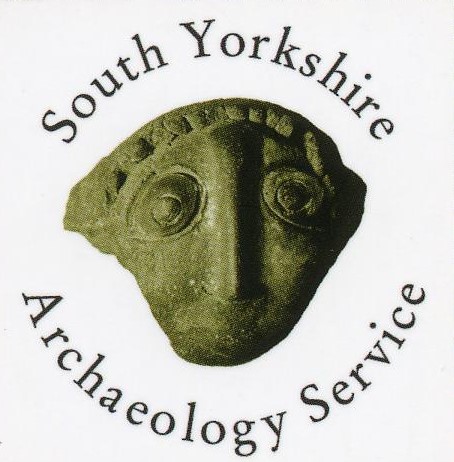Brunswick Steel Works Crucible Furnace
Location/Address
Denby Street, Sheffield
Type
Other site, structure or landscape
Assets that cannot fit any of the other categories. This category includes sites of archaeological interest, where the original form and function may not be apparent without the use of archaeological techniques and interpretation.
Description
In situ buried remains of a 10 hole crucible furnace and associated structures belonging to the former Brunswick Steel Works and now lying partly within the courtyard of Forge Student Village.
Statement of Significance
Asset type
Archaeological siteAge
c.1874-1890 The extent is defined as a 2m buffer around the preserved remains in Forge Student VillageRarity
Though Sheffield produced thousands of tons of crucible steel during the nineteenth century using a fundamentally small-scale craft process, the severe decline of the metal trades industries in the late twentieth century resulted in the demolition of large numbers of its associated buildings, and around only eighteen steel furnaces are known to survive. Buried remains have also been subject to great loss owing to subsequent redevelopment on former industrial sites within Sheffield. Whilst a part of the furnace, comprising the south-western holes, extended within the footprint of the development and could not be wholly preserved, the remaining holes were considered to be of sufficient quality and significance to warrant preservation in situ within the courtyard of the new building.Group Value
Research has confirmed that cementation and crucible steel furnaces were particularly associated with Sheffield and environs, with innovation and development of the technology directly contributing to the city's international pre-eminence of reputation in the manufacturing of quality metal goods. The survival of important steel making structures at this site preserves evidence of this important technology and forms part of an important curated group of remains across the city that have been identified for preservation in situ.Historic Interest
The Brunswick Steelworks were occupied from c.1874 by the steel manufacturers Vessey and Friend, which by 1890 had become John Vessey and Sons. The firm specialised in producing high quality steel for the manufacture of pen- and pocket knives, razors, scissors, surgical instruments, maritime knives, and edge tools. The works were described in 1893 as "in the form of a square, and cover[ing] a large ground space. The furnaces are of the most improved kind for the manufacture of crucible cast steel." By the early 20th century, the firm was sending finished articles abroad and by the start of the Second World War was exporting to Australia, New Zealand and South America, as well as to countries in continental Europe. More locally, their specialist steel would have been in demand for the manufacture of surgical instruments by Joseph Gray and Son.Archaeological Interest
The crucible furnace at Forge Student Village represents the surviving remains of the crucible workshop floor, melting holes, cellar, base of the crucible stack, and associated structural remains relating to wider operations. These structures preserve evidence of the steel making process, and associated industrial residues will preserve evidence of the nature and composition of steel production at the site.Landmark Status
A plan of the furnace forms a feature within the courtyard of the Forge Student Village development, with inset bass relief panels showing the evolution of steel making technologies, and an interpretation panel gives contextImages and Documents
Date Listed
18 Sep 2023
Last Updated
11 Nov 2022
Comments and Feedback
Do you have any questions or more information about this record?







